Optimal Timing for Storm Restorations
Storm restorations are essential for repairing damage caused by severe weather events. The optimal time to undertake these repairs depends on various factors, including seasonal weather patterns, storm frequency, and property condition. Proper timing ensures safety, efficiency, and cost-effectiveness.
Preparing for storm season in spring allows property owners to address vulnerabilities before severe weather occurs.
Summer often sees increased storm activity, making early summer an ideal time for restorations to minimize damage impact.
Fall is suitable for completing repairs, ensuring properties are protected before winter storms arrive.
Winter restoration work can be challenging due to cold and snow, but necessary repairs should be scheduled during milder periods.
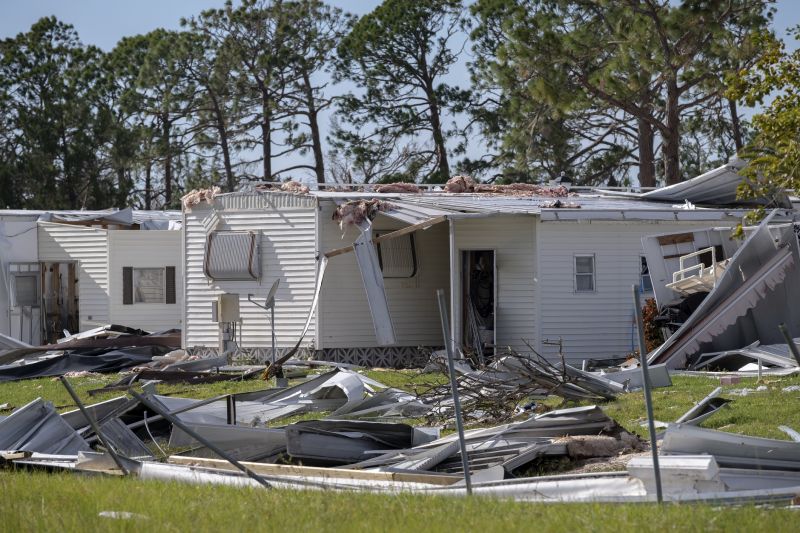
Visual inspection following a storm to evaluate damage and plan restorations.
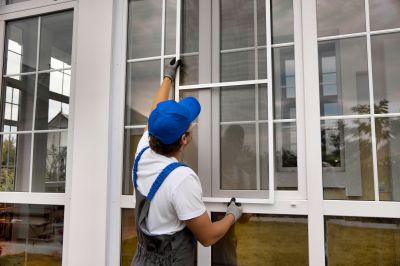
Repair crews working on storm-damaged roofs during optimal weather conditions.

Rapid response teams addressing urgent storm-related damages.
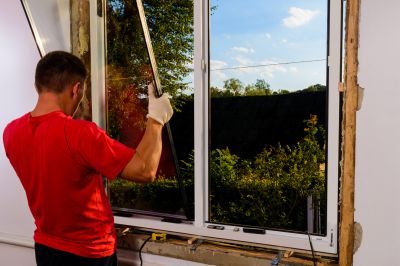
Ways to make Storm Restorations work in tight or awkward layouts.
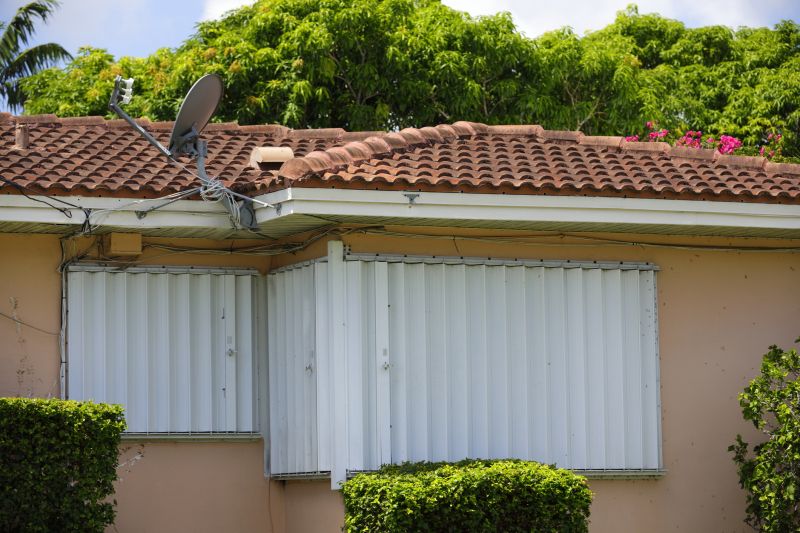
Popular materials for Storm Restorations and why they hold up over time.
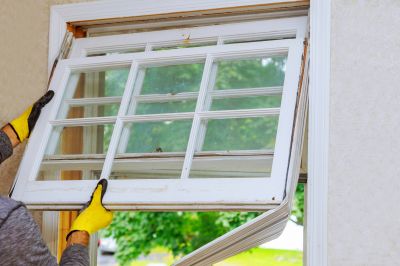
Simple add-ons that improve Storm Restorations without blowing the budget.

High-end options that actually feel worth it for Storm Restorations.

Finishes and colors that play nicely with Storm Restorations.
| Season | Recommended Restoration Timing |
|---|---|
| Spring | Begin inspections and minor repairs before storm season peaks. |
| Summer | Schedule major repairs early to mitigate storm damage. |
| Fall | Finalize repairs to prepare for winter storms. |
| Winter | Address urgent damages during milder weather windows. |
Storm restorations involve repairing and restoring properties affected by severe weather events such as high winds, hail, and heavy rain. These repairs are vital for maintaining structural integrity and safety. Statistics indicate that timely restorations can reduce long-term damage costs and prevent further deterioration. In Harrisburg, the storm season typically peaks during late spring through early fall, making these periods ideal for proactive and reactive restoration efforts.
Properly timed storm restorations can significantly impact the longevity and safety of a property. Weather patterns and storm frequency should be monitored to optimize repair schedules. Skilled restoration services utilize advanced techniques and materials to ensure durable repairs, especially after intense storm events. Understanding the seasonal trends assists property owners in planning and executing effective restoration strategies.
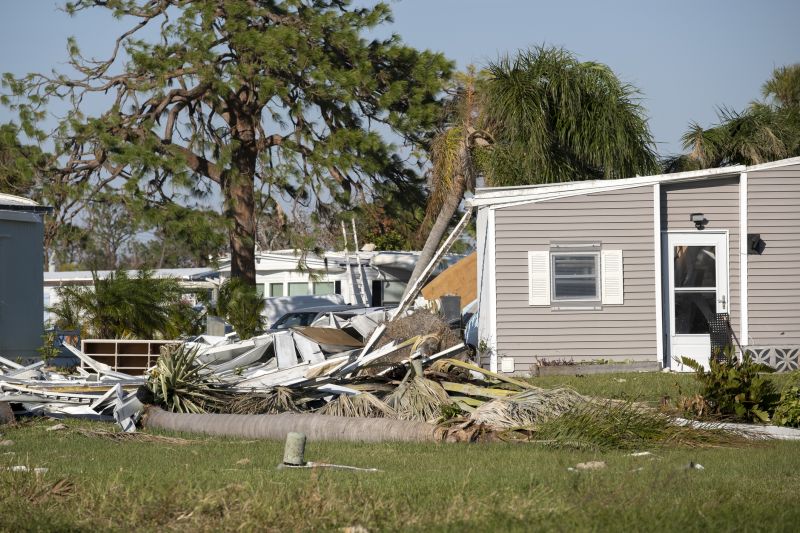
Restoration work restoring damaged structures after storms.

Specialized teams responding swiftly to storm damage incidents.

Comprehensive roof repairs following storm impacts.

Little measurements that prevent headaches on Storm Restorations day.
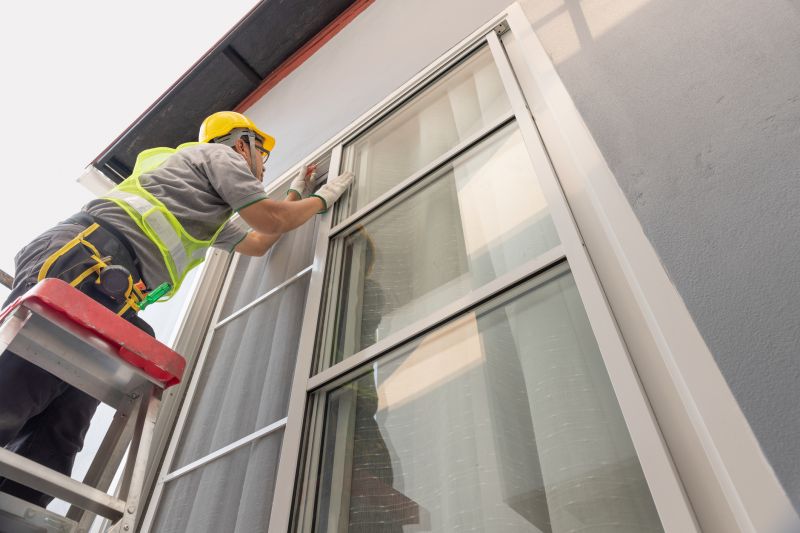
A 60-second routine that keeps Storm Restorations looking new.
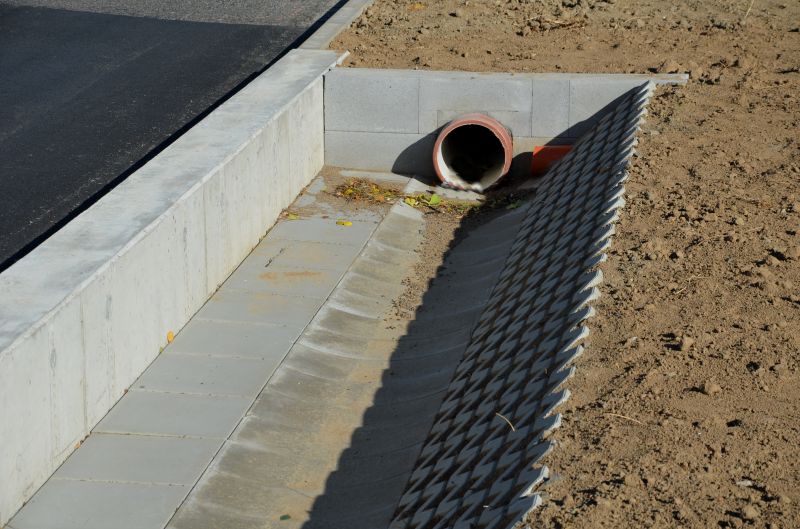
A frequent mistake in Storm Restorations and how to dodge it.
Individuals interested in storm restorations should consider scheduling inspections during the off-peak seasons to identify potential vulnerabilities. Prompt action following storm events can prevent further damage and reduce repair costs. Contacting experienced restoration professionals ensures that repairs are performed efficiently and to high standards, helping properties withstand future weather challenges.
